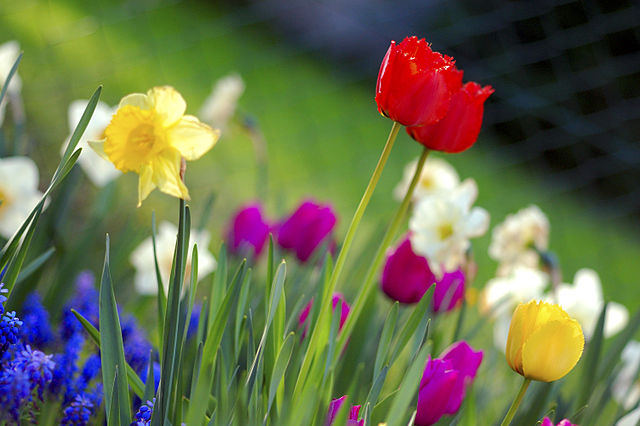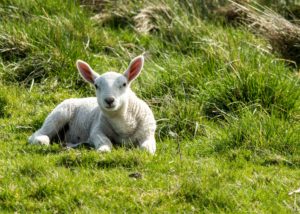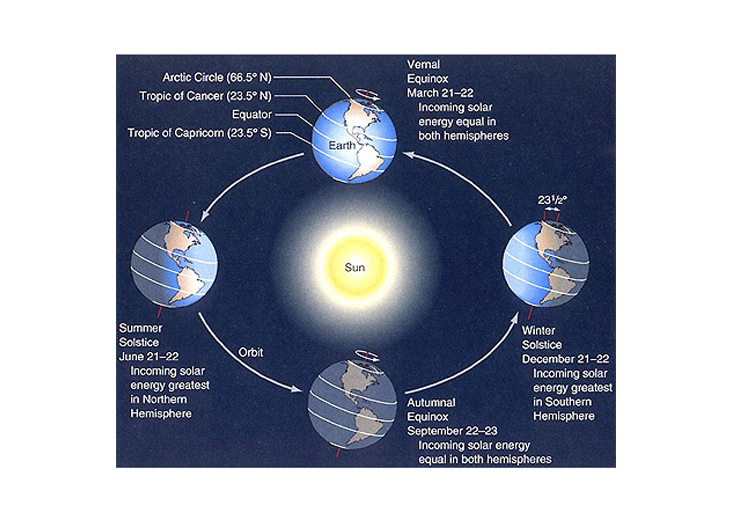
Photo:Anita Martinz(Flickr)
Today the March Equinox takes place ending winter and ushering in spring. To find out the exact time this will occur where you live, please go to www.timeanddate.com.

Spring Lamb In The Sunshine
Photo: Tanya Hall/publicdomainpictures.net
The March Equinox marks the moment where the Sun crosses the equator and usually occurs between March 19-21 every year. Both the March and September equinoxes are when the Sun shines directly on the equator making night and day nearly equal. This equinox is the transition from winter to spring in the Northern Hemisphere but the reverse in the Southern Hemisphere (summer into fall). Various cultures celebrate March equinox as a time of rebirth. Many spring festivals are timed to coincide with the equinox and some religious events (Passover and Easter) use specific calculations based on the equinox to help determine the exact day of the event.

Early spring is when the Earth’s axis increases its tilt relative to the Sun resulting in more daylight for that part world where it spring is occurring. It is a time when the increased warmth results in more plant growth (spring forth as it used to be said and how spring got its name). The resulting warmth also makes snow melt causing streams to swell and frosts to diminish. For areas that get little or no snow, ground temperatures will increase quickly as well. Despite spring beginning in March, in areas where there is no snow early plant growth can begin as early as February (or August down below). Arctic zones may not experience spring until May.
However, despite all this, winter can and does often continue on in many places. And spring also heralds unpredictable weather. There is a funny Garfield cartoon that illustrates it perfectly. Garfield is outside. First it is warm and sunny. Then cold and rainy. Then back to warm and sunny. And then rain again and then another dry day. Finally, Garfield yells in exasperation “Will you make up your mind?” The next frame is split with one half having rain and the other half sunny.
Welcome to Spring!
